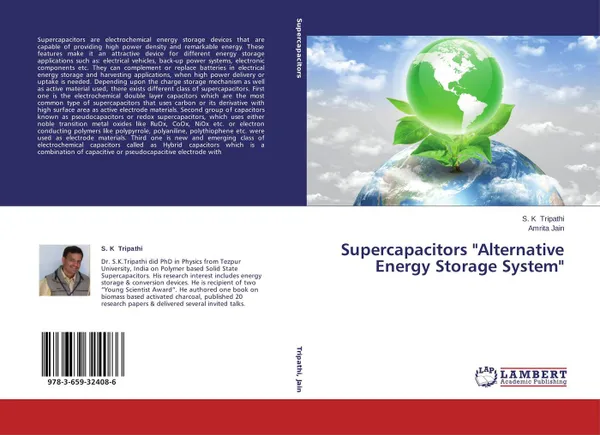Supercapacitors "Alternative Energy Storage System"
2013
Переплёт: Мягкая обложка, 112 страниц
Категория: Научная литература
Тираж: 500
📖 Supercapacitors are electrochemical energy storage devices that are capable of providing high power density and remarkable energy. These features make it an attractive device for different energy storage applications such as: electrical vehicles, back-up power systems, electronic components etc. They can complement or replace batteries in electrical energy storage and harvesting applications, when high power delivery or uptake is needed. Depending upon the charge storage mechanism as well as active material used, there exists different class of supercapacitors. First one is the electrochemical double layer capacitors which are the most common type of supercapacitors that uses carbon or its derivative with high surface area as active electrode materials. Second group of capacitors known as pseudocapacitors or redox supercapacitors, which uses either noble transition metal oxides like RuOx, CoOx, NiOx etc. or electron conducting polymers like polypyrrole, polyaniline, polythiophene etc. were used as electrode materials. Third one is new and emerging class of electrochemical capacitors called as Hybrid capacitors which is a combination of capacitive or pseudocapacitive electrode with
Мнения
